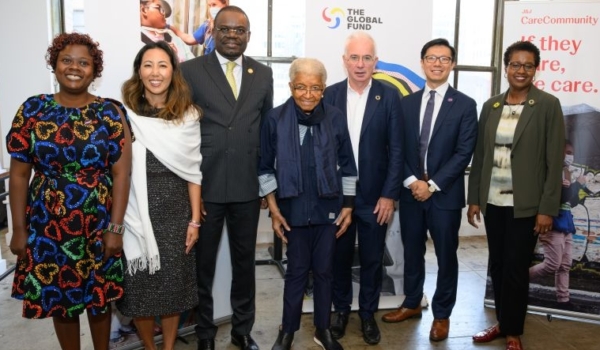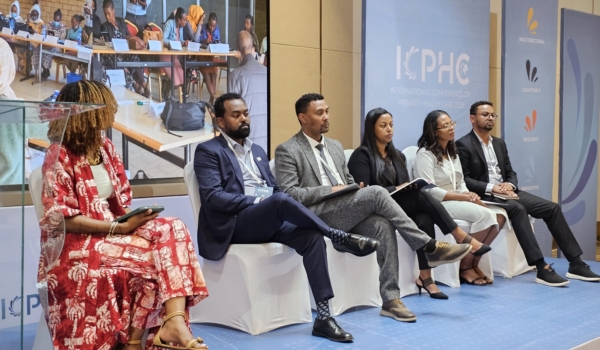By Julie Krause, Monitoring, Evaluation, Research, and Learning Specialist at Last Mile Health
Globally, the COVID-19 pandemic has put an enormous strain on health systems, further demonstrating the critical role of community health workers (CHWs) to provide essential care and accurate health information to their communities. While CHWs serve as the first point of care for millions of individuals worldwide, national lockdowns and physical distancing mandates have made their ability to access accurate information about COVID-19 challenging, especially in hard-to-reach areas. Furthermore, we have simultaneously been battling an ‘infodemic,’ which has caused the intentional and unintentional dissemination of incorrect and sometimes harmful information.
In order to rapidly fill a gap in access to training and education resources for CHWs, partner institutions led by Last Mile Health came together in April 2020 to form the COVID-19 Digital Classroom consortium. Through this consortium, we developed an eight-course training curriculum aimed to provide comprehensive COVID-19 knowledge to community-based health workers in low-resource settings, which is freely accessible on the COVID-19 Digital Classroom’s online platform. Consortium members involved in this work include TechChange, Medical Aid Films, Translators Without Borders, CORE Group, UNICEF, and the Stanford Center for Health Education’s Digital Medic initiative.
While learners have responded favorably to the course series with a 95% satisfaction rate, we realized that the courses were being primarily accessed by learners living in the United States and urban areas, and therefore we were not widely reaching our intended audience directly through the online platform. In addition, we found that some learners were using the online courses to inform the development of local training materials. In order to better support our learners to adapt our course series for their specific needs and expand the reach of these resources, our consortium developed an open-source Adaptation Toolkit to provide clear guidance on how to adapt the course series and share all course content, graphics, and animations.
To develop this toolkit, we reached out directly to learners and institutions to understand how they have adapted the COVID-19 Digital Classroom course series to better meet the needs of the health workers and community members they serve. We also spoke with leaders of the Sierra Leone Ministry of Health and Sanitation who had recently adapted the course series for deployment via a mobile learning application for health workers in Sierra Leone. Through this case study, we identified key ways in which learners and institutions would like to adapt content, such as modifying delivery for offline dissemination, providing local contextualization to the content, and ensuring alignment of content with local COVID-19 guidelines.
The toolkit contains easy-to-follow guidance for those interested in adapting the COVID-19 Digital Classroom course series for their context, including assistance identifying the types of adaptation required. By providing easy access to raw course content in seven languages and adaptation guidance, we hope that learners will now be able to more easily adapt the courses for their specific needs. Some additional examples of how the courses can be adapted include:
- Modifying content for dissemination using alternate delivery methods, such as in-person training, SMS, or mobile learning apps
- Contextualizing the course text and animations using local terminology and ensuring adherence to local COVID-19 guidelines
- Using local dialect or language for the animation and/or updating the animation script
- Changing the primary learner audience and updating key learning objectives and content for the target audience
- Adapting the content to respond to other disease areas or outbreaks
The adaptation toolkit further democratizes our COVID-19 Digital Classroom course series and makes the content easily accessible to anyone interested in customizing the course series to suit their needs. By providing open-source, freely accessible content with guidance for local adaptation, we are providing more avenues to disseminate contextually relevant content to CHWs in low-connectivity settings and hope that the course content will now reach learners who are not able to directly access our online course platform.
If you are interested in learning more about adapting the COVID-19 Digital Classroom course series for your needs, please review the Adaptation Toolkit on our course page (you will need to first register for the platform before you can enroll in the course). From there, you can go through the adaptation process decision flowchart in order to determine the level of adaptation required and then can work through the 10-step adaptation process.
If you would like to learn more about the Adaptation Toolkit and how to use it, please watch the Zoom tutorial led by our partners at TechChange here.




